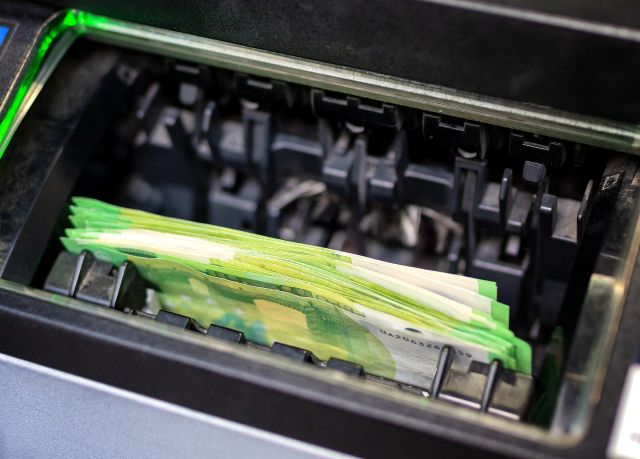The banking landscape is undergoing a seismic shift, and one of the most visible changes is the gradual disappearance of ATMs. While cash remains a staple for many, banks worldwide are decommissioning ATMs at an accelerating rate—a trend expected to continue through 2028.
But why is this happening, and what does it mean for customers? Below, we explore the key drivers behind the decline of ATMs and how you can adapt.
1. The Pandemic Accelerated Digital Banking Adoption
The COVID-19 crisis marked a turning point for in-person banking. Concerns over virus transmission via ATM touchscreens and physical cash pushed consumers toward mobile and online banking solutions.
- Banks responded by cutting operational costs, reducing branch networks, and scaling back ATM fleets.
- Many transactions—deposits, transfers, bill payments—can now be done via apps, reducing reliance on ATMs.
Result: The pandemic normalized digital banking, making ATMs less critical for everyday transactions.
2. Cost-Cutting Measures Favor Digital Over Physical
Maintaining ATMs is expensive. Banks must cover:
- Installation costs ($2,000–8,000 per machine).
- Monthly maintenance fees ($40–60).
By contrast, digital transactions cost banks pennies. With fewer customers using ATMs, banks see them as a financial burden rather than a necessity.
3. Gen Z’s Paradox: Cash as a Budgeting Tool vs. Digital Preference
Despite the digital shift, 42.4% of Gen Z’s prioritize ATM proximity when choosing a bank—the highest of any demographic. Many young adults use cash to manage spending, creating tension between their habits and banks’ cost-saving strategies.
Will banks listen? Some institutions may retain ATMs as a competitive edge, but most will likely push digital alternatives like:
- Mobile check deposits.
- Peer-to-peer payment apps (e.g., Zelle, Venmo).
- Fee-free ATM networks (e.g., MoneyPass).
4. Governments Step In to Protect Cash Access
Countries like the UK and Ireland are introducing laws to ensure no one lives more than three miles from a cash-access point. However, these measures often rely on alternative solutions, such as:
- Shared banking hubs in post offices.
- Mobile bank vans serving rural areas.
These efforts may slow ATM closures but won’t reverse the trend entirely.
5. What You Can Do If Your ATM Disappears
Option 1: Embrace Digital Banking
- Use your bank’s app for deposits, transfers, and bill pay.
- Opt for cash-back at retailers to avoid ATM fees.
Option 2: Switch Banks
- Choose a bank with a robust ATM network or fee reimbursements (e.g., U.S. Bank offers surcharge-free access to MoneyPass ATMs).
- Consider online banks (e.g., Axos, Varo) for higher yields and lower fees.
Option 3: Advocate for Policy Changes
- Support legislation mandating cash-access guarantees in your area.
The Bottom Line
ATM closures are inevitable as banks prioritize digital efficiency over physical infrastructure. While this shift may inconvenience cash-reliant users, alternatives like mobile banking and shared cash services offer viable workarounds. The key? Adapt early—because the ATM of tomorrow might just be your smartphone.
What’s your take? Are you ready to ditch cash, or will you miss the convenience of ATMs? Share your thoughts in the comments!
'Want to send us a story? Submit to NAIROBIminiBLOGGERS via our Email nairobiminiblogger@gmail.com'

Drop Your Comments, What do you think About The Article?